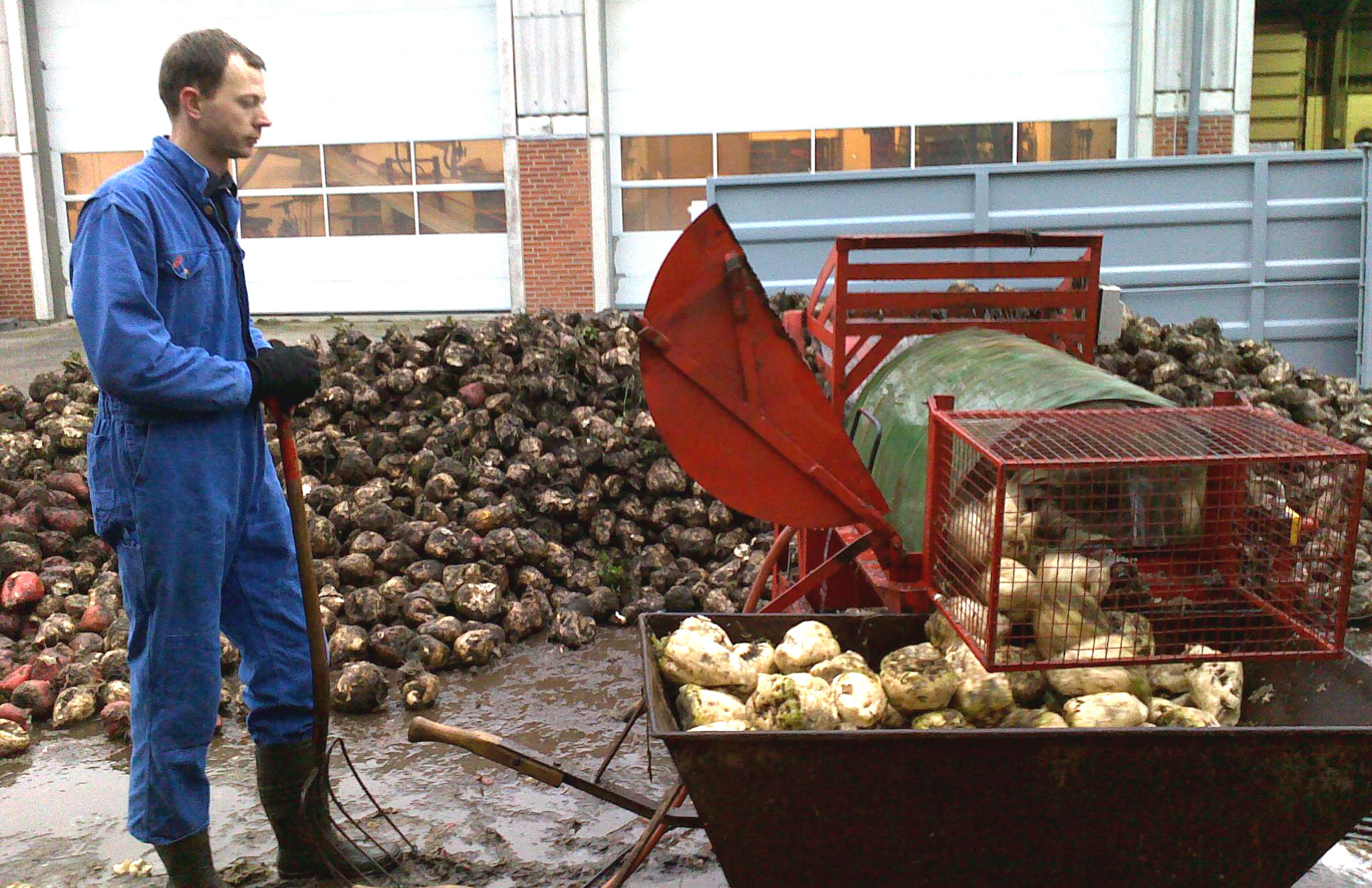Beets are a budding source of both feed and biomass
Beets can serve a dual purpose and provide both roughage for animal feed and biomass for bioenergy according to a new project which scientists from Aarhus University have been involved in.

The growing use of maize in Danish fields over the past 20 years or so and farmers’ preference for maize for roughage has left the good old-fashioned beet somewhat in the shade.
But the increasing feed prices makes it relevant to look at other feed options in the market, and the development of the FOBIO concept (which has studied the potential of using beets both for the production of roughage and for bioenergy) may again give beet a more prominent role.
The FOBIO concept, which has been developed with the participation of scientists from Aarhus University, involves separating the beet biomass into a liquid and a fibrous fraction using wet separation in a mechanical press. In this way you get a dry fibrous fraction that may be used in roughage and a sugary liquid fraction that can be used for energy purposes.
Different scenarios investigated
The project looked into what the optimal utilization of the beet biomass would be in terms of energy yield and income. It involved extensive field trials with different varieties of beet (over two years), feeding experiments with pigs and ruminants and laboratory experiments with the energy content of the liquid fraction. These data formed the basis for model calculations that resulted in two main scenarios where either 1) both roots and beet tops were pressed or 2) only roots were pressed. The liquid fraction was used for energy production and the pulp was used as a feed. Scenario 2 additionally assumed that the top was mixed in with the root pulp and used as a feed.
The two main scenarios then went through the same three sub-scenarios:
A. The root is pressed and the juice fermented to ethanol, and the residual fraction from the fermentation process ends up in animal feed (mixed with the pulp).
B. The root is pressed and the juice is mixed with slurry and converted into biogas, and the residual fraction from the biogas process ends up as a fertilizer.
C. The root is pressed and the juice is fermented first to ethanol, the residual fraction from the fermentation process is mixed with slurry and converted to biogas, and the residual fraction from the biogas process ends up as a fertilizer.
The scenario with the most positive outcome in terms of energy yield and income was 2.B, which turns out to be the least complex and costly process.
- Basically, what is remarkable about beet is that its dual use as a source of feed and a source of bioenergy is very valuable as none of the investigated scenarios had a negative economic outcome, explains Karl Martin Schelde from INBIOM, who was in charge of the project.
Scientists at Aarhus University have been investigating the feed potential of the dry fraction as part of the project. They have studied both the pulp from the roots and from the tops and they have established that beet pulp makes a good animal feed.
- The root pulp with be an excellent source of energy both for sows and for cattle, while the top pulp has a somewhat lower feed value. Both roots and tops are assumed to have certain satiety enhancing qualities in connection with ad libitum feeding of pregnant sows, explains Jan Værum Nørgaard, who is doing a postdoc in feeding at Aarhus University.
The FOBIO project has been led by the consortium Innovation Network for Biomass, which Aarhus University is also part of, and project partners, besides Aarhus University, were the Technical University of Denmark at Risø, AgroTech, NBR Nordic Beet Research and farmer Henry Kuhr.
Further information: Postdoc Jan Værum Nørgaard, Department of Animal Science, telephone: +45 8715 7816, email jan.noergaard@agrsci.dk (for questions on the feed value of different fractions of the beet biomass).
Project leader: Karl Martin Schelde, project leader at INBIOM (Innovation Network for Biomass), telephone: +45 8999 2508, email: kms@agropark.dk (for general information about the project).
